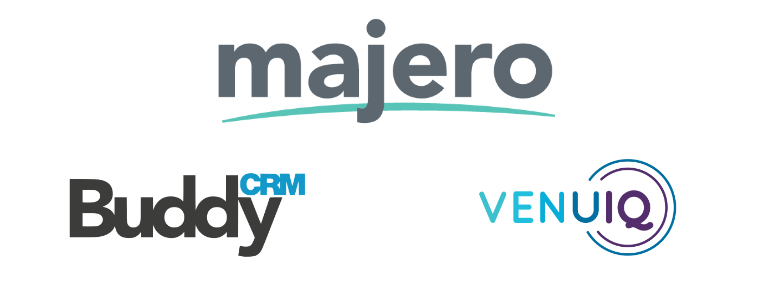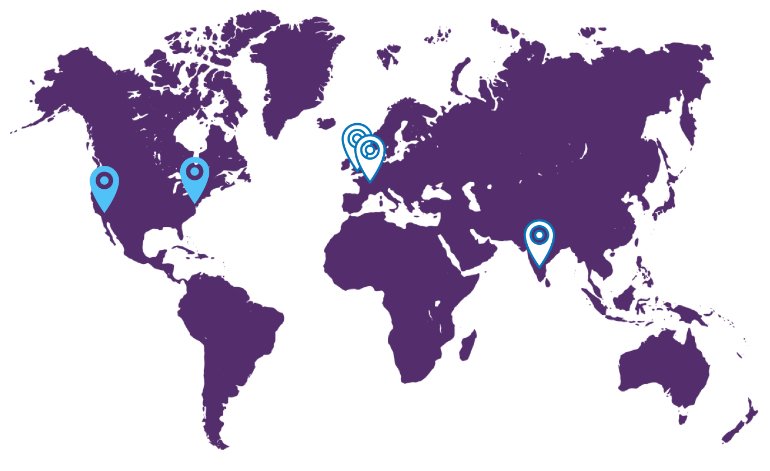We create award-winning software to deliver your events – virtual, hybrid and in-person.
- Established in 2015, based in the United Kingdom with 25+ people across development, design, support and sales
- Offices already in UK and India, and new offices opened in Europe and the USA during 2021 to provide truly international coverage.
- Customer support is at the heart of everything we do
- Industry leaders in location-based technology
- Trusted advisors to hundreds of organisations on the digital aspects of their events
- Founders are leaders of multiple technology companies
- Multi-award-winning software
Get in touch to discuss your requirements.
Call +44 121 796 5800
We’d love to help you and your event, conference, or venue with a bespoke event management solution that works exactly how you want it to.




You must be logged in to post a comment.